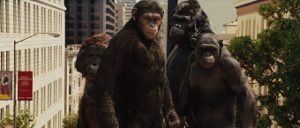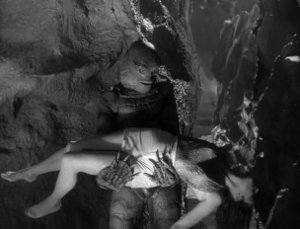
I feel the same way about Thor I imagine most people feel about Superman. After all, Thor’s the Norse god of thunder and, as such, he’s ridiculously over-powered and quite a bit alien depending on the personal taste of who’s writing him at the time. Over a fifty year history as convoluted as any other comic book superhero’s, Thor’s been a god trapped in a man’s bod, a man driven insane by a magic hammer, and more or less everything in between. Now he’s a movie star and I say, Good for you, Odinson. Maybe you can tell me why your movie isn’t better?
Except he doesn’t have to because I know the answer. You don’t exactly need to sacrifice one of your eyes to know the problem with all these post-Iron Man Marvel movies: as soon as the internet began harping about the post-credit scene of Stark’s first film, these movies stopped being movies and started contenting themselves being prequels to The Avengers. It’s become evident Marvel approaches all their films with a giant check-list of shit they’ll have to introduce before an Avengers movie even begins to make sense. Continue reading Thor (2011)






